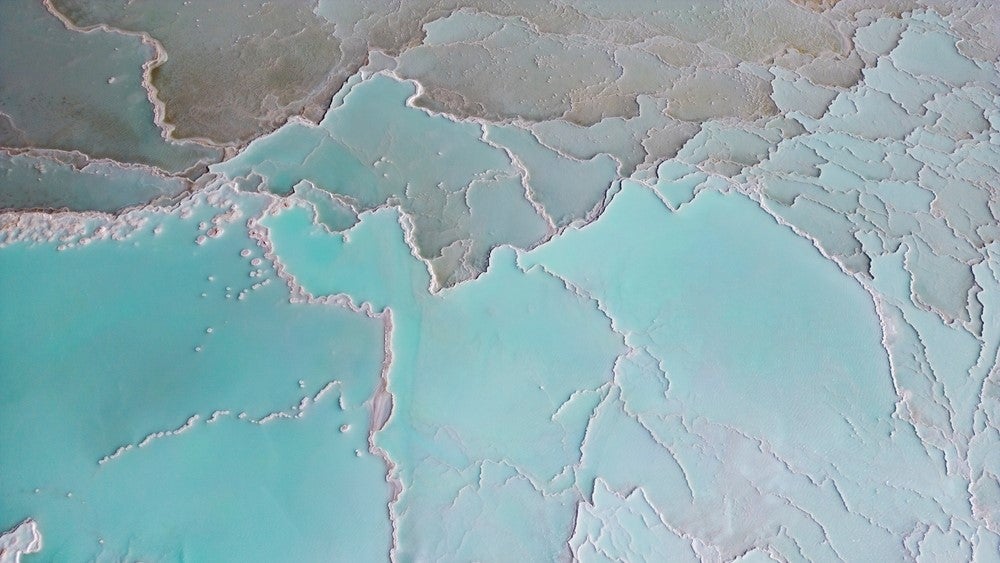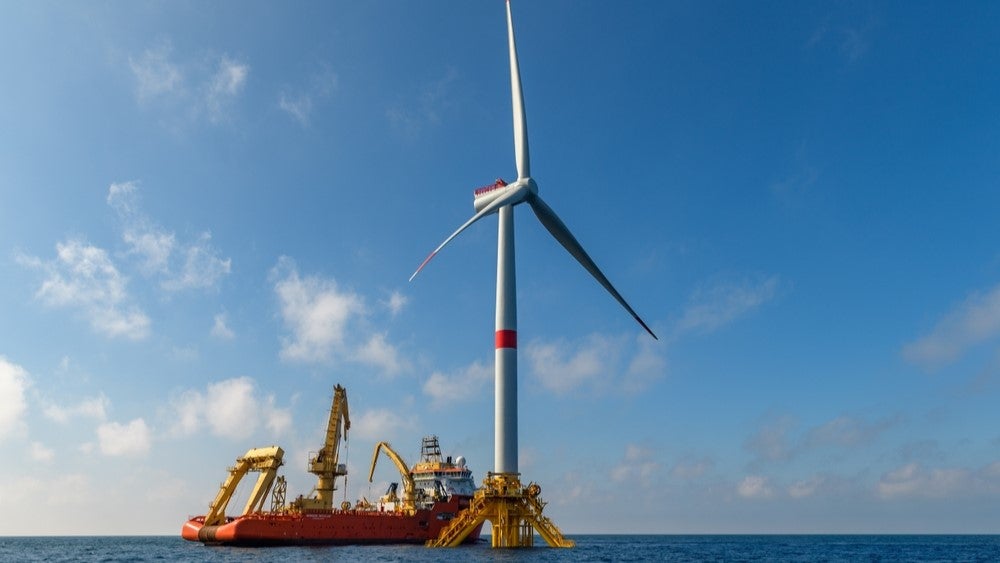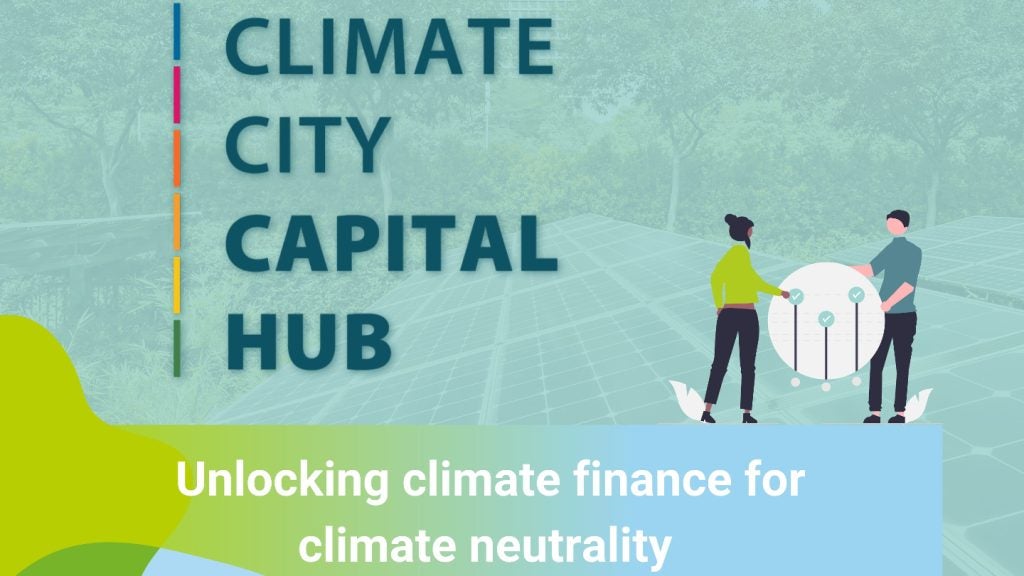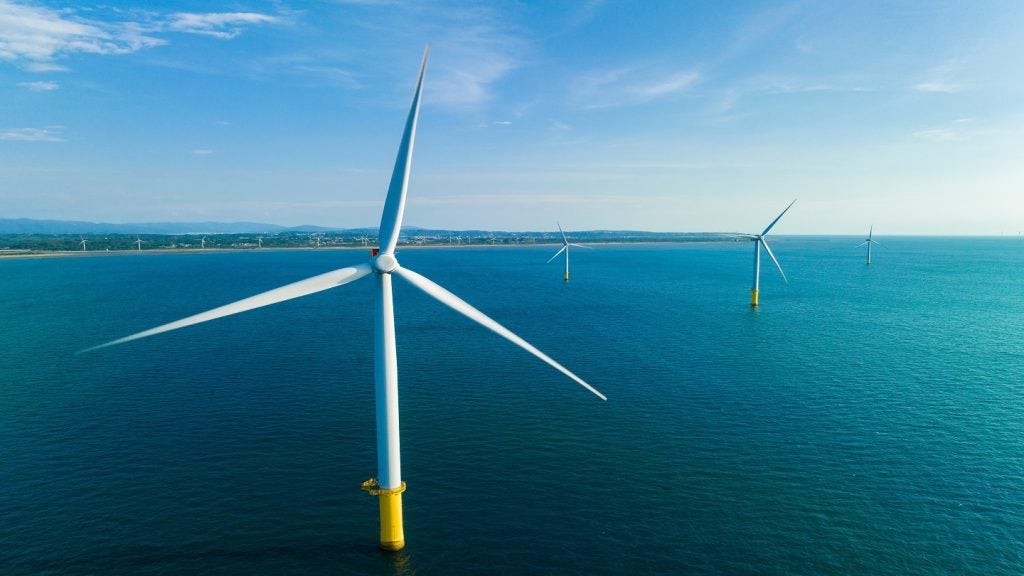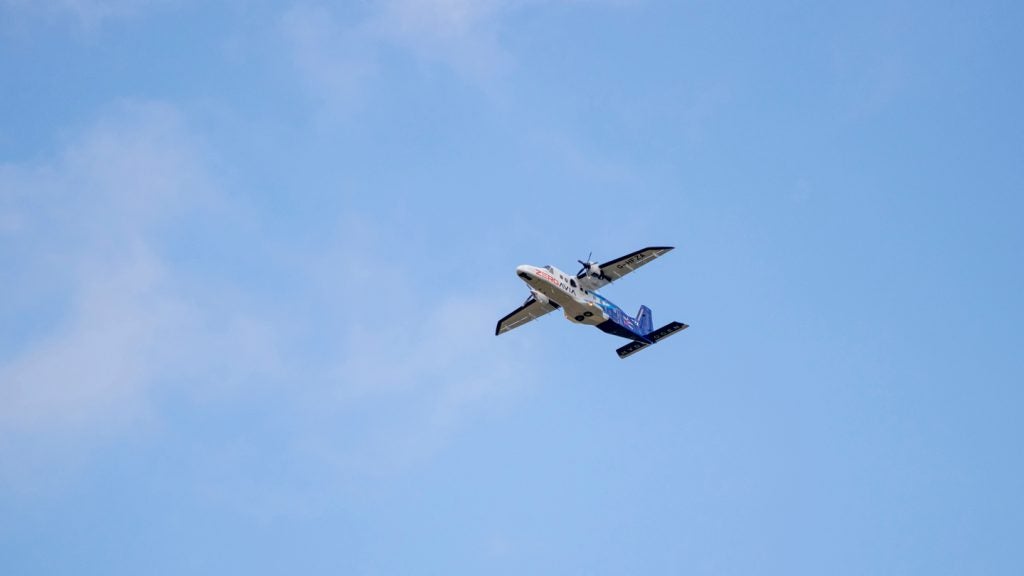For indigenous communities in the Lithium Triangle, the rush for the metal should have brought untold wealth. Instead, it has left many navigating the “tragic” fallout of promises that have been “absolutely broken”.
The Lithium Triangle – comprising Argentina, Bolivia and Chile – is home to vast salt flats in which the world’s richest reserves of lithium (sometimes termed “white gold” due to its white-silver colour) are concentrated.
Around 89 million tonnes of the metal are estimated to lie beneath the Earth's surface, touted as the 'white-golden ticket' for the energy transition. The metal is widely used for batteries (and therefore for energy storage) used in mobile devices and electric vehicles, among other things, and it is taking centre stage as the world looks to electrify.
As a result, the demand for lithium has skyrocketed and the salt flats of South America have found themselves in high demand. An increase in lithium mining brought promises of wealth and prosperity for indigenous communities living near deposits, but most are yet to reap any rewards.
Water – worth more than white gold?
Lithium is extracted from underground brine deposits – saline groundwater containing dissolved lithium, usually over a kilometre deep. To access the brine, mining companies drill into the earth, before pumping the water to the surface and distributing it into ponds, often with a surface area thousands of hectares wide. Here it evaporates, leaving behind lithium and other elements for harvesting.
However, the process comes at an environmental – and by extension sociological – cost.
Of the impact of the process, Melisa Argento, researcher at the Institute of Latin American and Caribbean Studies, explains: “Lithium mining has serious environmental impacts which destroy ecosystems that are fragile by definition. In the case of Argentina, in the [Central Andea] Puna, salt mining uses enormous amounts of water in closed or ‘endorheic’ basins (where water enters by melting and low precipitation, and exits by solar evaporation).
"This way, the brine is extracted to the salt flats by a permanent pump mechanism, and then passed from pool to pool until lithium carbonate is obtained in the pure grade needed for the global battery market.”
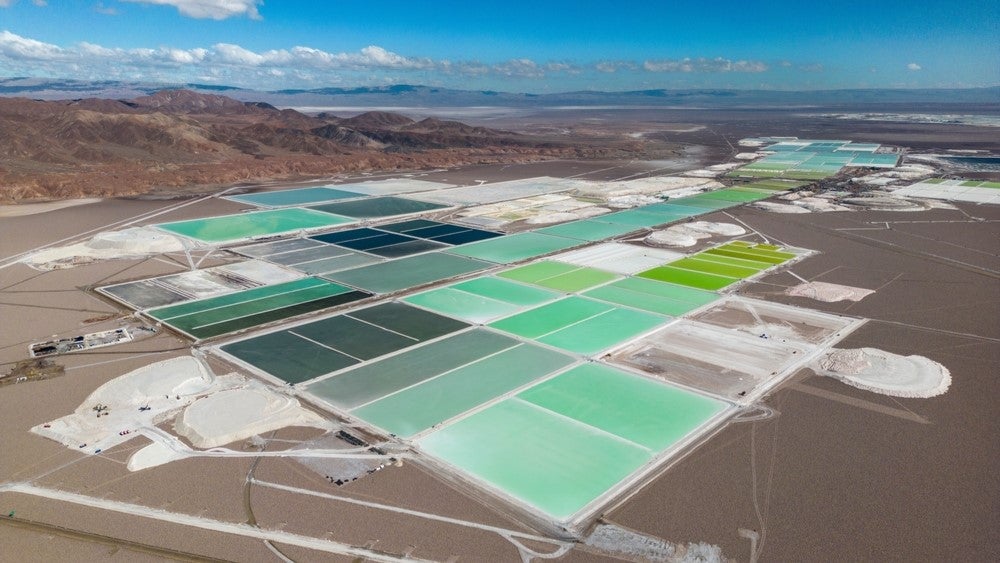
Lithium mining is incredibly water intensive, requiring around 500,000 gallons of water to extract a single tonne of the metal. The Harvard International Review reports that in Chile’s Salar de Atacama, lithium extraction – taking place on the Atacama salt flat, the biggest salt deposit in the country – has already used 65% of the region’s water supply.
On South American salt flats, the extraction process uses large quantities of brackish water, fossil water and fresh water, which affect ecosystems and prompt changes in the hydro systems of these basins. It causes salinisation in freshwater aquifers, and drought in water springs relied upon for the agricultural practices of indigenous communities.
“It is why one of the main chants from these communities is ‘water is worth more than lithium’ because water holds together the fabric of life,” says Argento.
Bolivian sociologist José Carlos Solón tells Mining Technology that in Bolivia, crops are at risk, explaining: “Most of the economic activities that these communities do in the region are related to agriculture. Having less water could be really harmful for their ways of producing crops – for example, quinoa or potatoes.”
It is an issue exacerbated by unanswered questions. Cesar Padilla, Andes Advisory Board coordinator at Global Greengrants Fund, explains that drilling to reach lithium-rich brines also poses as-yet-unknown risks to the longevity of the water supplies indigenous communities rely upon.
“The perforation of the layers that contain the salt flat can mix saline, brackish and sweet waters,” he says. “When brine is extracted, the levels of the water layers lower and it is not yet known what the effects of this may be.”
Padilla adds that there is also a potential (but still unknown) contamination risk: “When extracting only or mainly lithium, the rest of the components of the salts, exposed to the environment, can become a serious risk of contamination. There is not enough research on the effects of those elements extracted in the brine and exposed to the salt flat environment.”
“Phantom communities” living in the shadow of the white gold rush
As water supplies look to be under threat, it is exacerbating an already growing problem for some indigenous communities. Speaking on Bolivia, Solón explains: “Since there is going to be less water, lands which are used for productive functions (such as for agriculture) will be less interesting to stay in, and people will leave. In years to come, you could get some small communities that become like phantom communities – like ghost towns.
“Less water means less agriculture, and less opportunity for the people living in these communities, who are pursuing their own needs and economic ambitions. It becomes about survival.”
He points out that the water pumped by mining companies operating in the Lithium Triangle has been present for thousands of years, and will not be naturally replenished in current lifetimes. Eventually, this will force displacement, as long-standing ancestral homes become untenable.
It is not only the water that is putting geographic pressure on indigenous communities, however. Padilla points to the unknown questions around the expansion of lithium extraction and notes that indigenous communities are often dependent on transhumance – the practice of grazing livestock in different locations, according to the season.
“The still unknown effects of lithium extraction in salt flats may involve displacement,” he says. “If we add climate change, it is expected that this will happen. On the other hand, the occupation of the territory by mining companies, which put a fence around their concessions, prevents transhumance and movements near the extraction areas.”
Argento points to the example of Catamarca, where large-scale mining has gone on since the 1990s and where Latin Resources is exploring options for mining lithium-bearing pegmatite deposits. Considering “the reduction of planted plots due to the lower availability of water for irrigation” and “the loss of fruits and vegetables”, she argues that “extractive mining competes with the ways of life of local populations and fundamentally with work”.
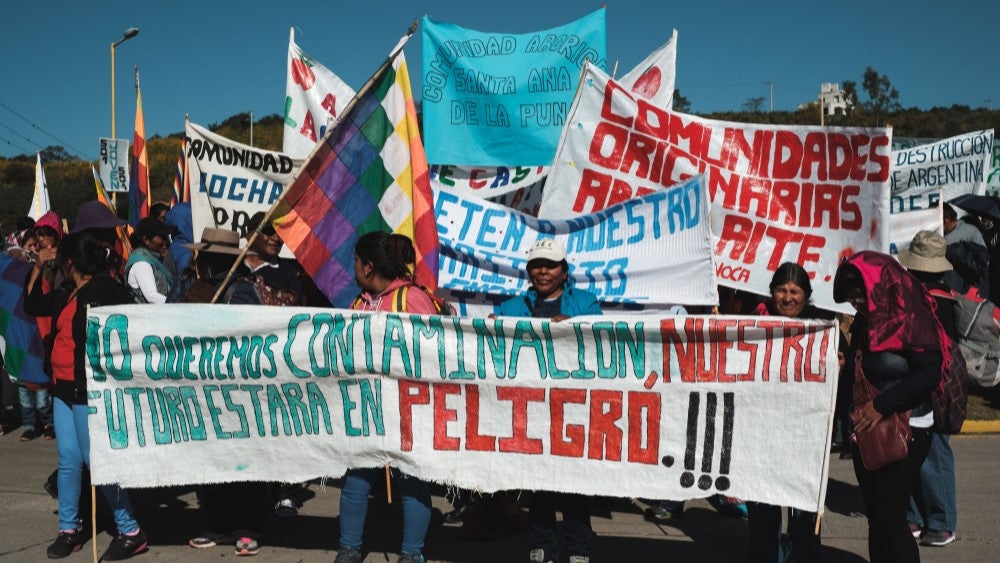
In the Salar del Hombre Muerto in Argentina, questions around the ethical use of space by mining companies have already come to a head, and reports suggest that families have been physically forced to relocate as a result of planned lithium extraction.
Argento points the finger at the global north and Asia, describing the impacts as a “model of domination that links ecocide with genocide, where lithium mining configures these territories as a sacrifice for the sake of pressure from the central countries to secure 'critical' minerals for their own decarbonisation processes”.
Dead in the water: promises made and promises broken
For communities living above the world’s biggest trove of much-needed lithium, extracting the commodity should be a literal white goldmine. However, for indigenous people across the salt flats of Argentina, Bolivia and Chile, the promise of wealth has remained just that – a promise.
It is a point Solón is considering in his current thesis 'The Problem of the Promise'. Speaking to Mining Technology, he points out that Bolivia has already invested $1bn in lithium industrialisation over the past 14 years but is not yet producing lithium carbonate on a significant scale. “It is a fiasco,” he says. “It is a tragedy.”
According to Solón, another billion in investment is needed, and communities could be waiting another five years to reap any rewards.
Considering the damage to morale to be on a par with the impact of declining water resources, he says: “The narrative – the promise – from the government that this will bring money for them, is one of the biggest mistakes… For the people in Bolivia, and not only the indigenous communities, lithium was that opportunity. Today, it doesn't exist. We need five more years, and we might need an investment equal to the $1bn.
“It is the main problem: communities are going to suffer, but they are going to suffer not only the impact of the loss of water, but the impact of having their expectations absolutely broken.”
Mining companies do often make economic contributions to the communities impacted by their processes. However, they are often minimal considering the long-term damage to the availability of water supplies and the space restrictions. The contribution may come in the form of monetary transfers, support for necessary construction, or the provision of health or educational resources.
However, Argento is unconvinced by the intention behind the provisions, and points to the example of the Salinas Grandes and Laguna Guayatayoc basins in Argentina.
“They do it under the figure of corporate social responsibility and deliver offerings to one or two communities – not to the entire territory,” she says. “This, added to the promise of employment and development with which companies always arrive, ends up dividing positions, generating internal conflicts within and between communities.
“Currently we are seeing it very clearly in the Salinas Grandes and Laguna Guayatayoc basins, where around 33 communities organised themselves to defend the territory,” says Argento. “However, two companies have already obtained permits.
“First, it was the community of Lípan and then the community of Rinconadillas. By handing over their permits, these communities violated the assembly consensus of the entire basin. This, of course, generates divisions, which can be taken advantage of by the companies, but also by the provincial government to argue that ‘the communities agree with mining’, denying the existence of an ecological conflict that has been the 12-year struggle of the majority of the population.”
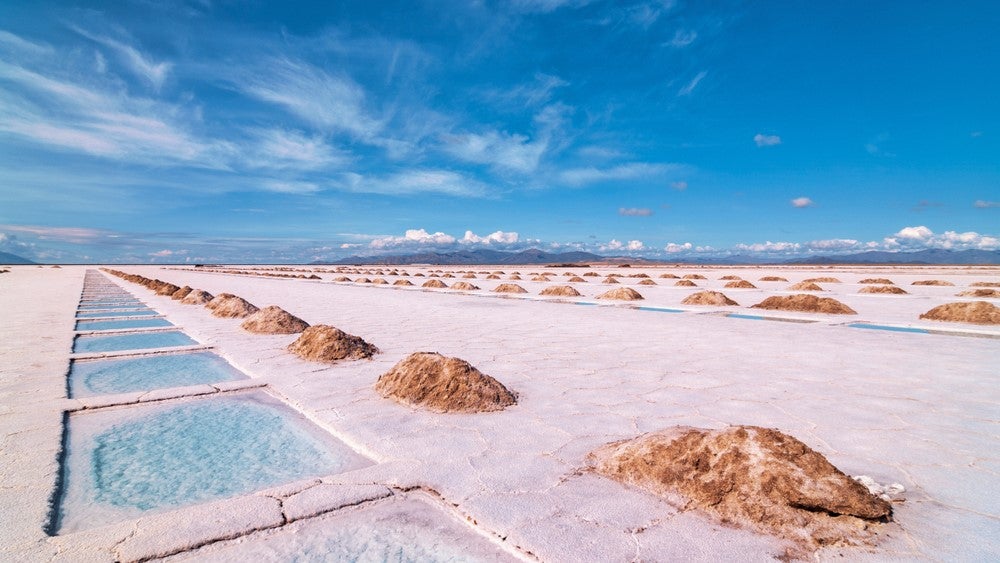
Even when communities do see notable economic advantages from lithium extraction, the issue remains complicated, with the injection of capital into rural communities proving not to be a black-and-white issue.
“Some communities that have traditionally been abandoned by states see development options,” explains Padilla. “One of the serious problems there is that the benefit obtained by communities from lithium mining companies is not regulated – it is considered a matter for private actors.
“The asymmetry between actors can end (as has been known in other cases) with the breakdown of the social fabric, the degradation of culture, with effects such as alcoholism, drug addiction and other social diseases derived from these benefits.”


